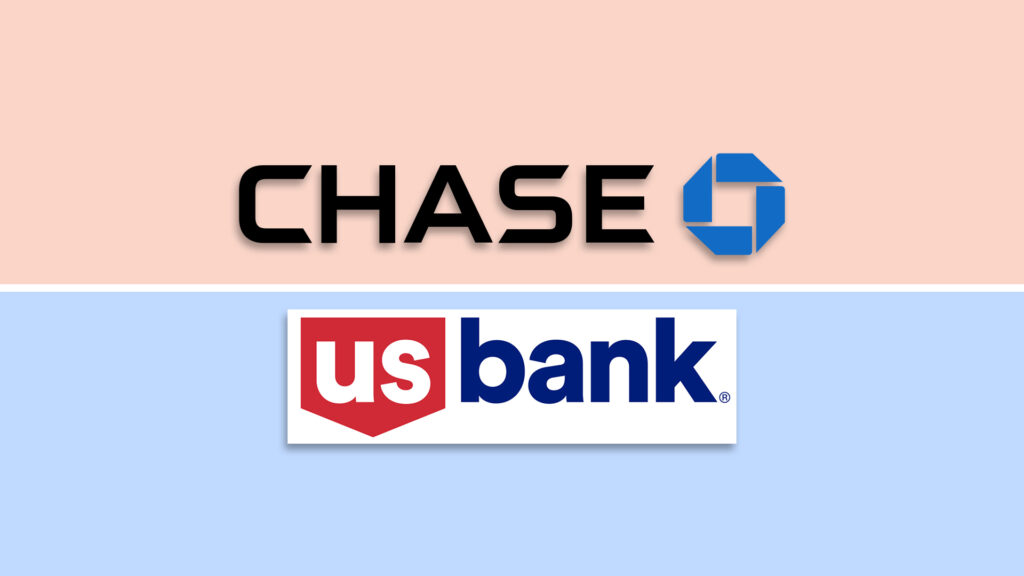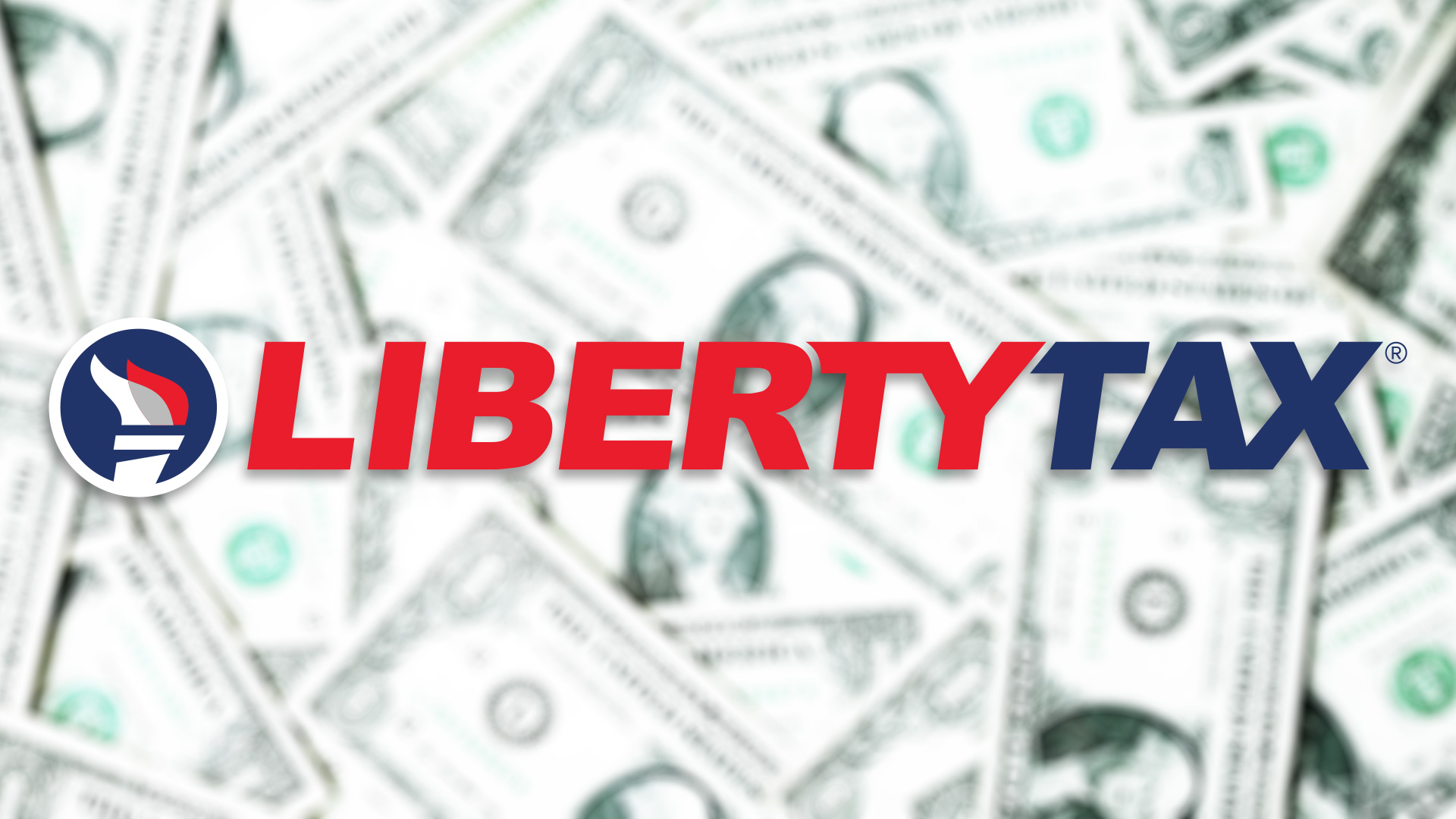Most products on this page are from partners who may compensate us. This may influence which products we write about and where and how they appear on the page. However, opinions expressed here are the author's alone, not those of any bank, credit card issuer, airline or hotel chain. This page may include information about American Express products currently unavailable on Slickdeals. American Express is not a partner of Slickdeals.
As a small business owner, it's easy to feel like you're constantly on the hook for taxes. Every year, you're faced with the daunting task of organizing your finances and trying to figure out how much you owe the government. And let's be honest – nobody wants to overpay on their taxes. That's where tax deductions come in.
Understanding and taking advantage of small business tax deductions can reduce your tax burden and keep more of your hard-earned money in-house for your business. These deductions are designed to help business owners like you lower their income tax bills by claiming all the deductions relevant to their work. In the 2023 tax year, you should be aware of as many top tax deductions specifically for small businesses.
 Related Article
Related Article
A Beginner’s Guide to Filing Small Business Taxes
Beginner's Guide to Small Business Tax Deductions
Both new and experienced small business owners can agree that the topic of taxes can be intimidating, regardless of how much experience one has. One of the main concerns business owners have is tax deductions – how to claim them and ensure that they are taking advantage of all the deductions available to them.
We'll cover the different types of deductions available to small business owners, including home office expenses, mileage deductions, and more. By understanding these deductions and how to claim them, you can reduce your tax burden and free up more money for reinvestment in your business.
How Small Business Tax Deductions work
Small business tax deductions work by reducing the amount of income that is subject to tax. In other words, they allow business owners to lower their taxable income by claiming deductions for certain expenses. While not everything is considered a tax write-off, eligible expenses can result in a lower tax bill and more money in the business owner's pocket. Here are a few examples of common applications of mall business tax deductions
- Home office deduction: Using part of your home just for your business, may qualify for home office deduction. This means you can deduct a part of your rent or mortgage, utilities, and other home expenses based on the percentage of your home you use for your business.
- Mileage deduction: If you use your personal vehicle for business purposes, you may be able to claim your business miles. This allows you to deduct a certain amount of cents per mile you drive for business purposes. Let’s say you drive 1,000 business miles in a year and the current mileage deduction rate is $0.585 per mile, you can claim a deduction of $585.
- Equipment and supply expenses: If you purchase equipment or supplies for your business (which you likely do), you may be able to claim a deduction for these expenses as well. For example, if you buy a new computer for your business, you can claim a deduction for the cost of the computer.
Quick Tip
It’s important to keep good records (receipts, mileage log, etc.) throughout the year to track all of your business expenses. While every expense doesn’t require receipts to apply the deduction, having them handy is always the best practice.
25 Examples of Small Business Tax Deductions
Here is a list of the top 25 most commonly used business expenses that most companies are able to deduct. However, It is important to note that you should always check with an accountant or the IRS to confirm the tax-deductible status of any business expenses.
- Advertising and Promotion: This includes costs for promoting your business, such as advertising in print or online media.
- Business Insurance: This covers the cost of insurance for your business, such as liability insurance or property insurance.
- Business Interest and Bank Fees: These are costs associated with borrowing money for your business, such as interest on loans or fees for bank accounts.
- Business Meals: This includes the cost of meals that are related to your business, such as meetings with clients or team-building events with employees.
- Child and Dependent Care: This includes expenses for the care of children or dependents while you are working.
- Charitable Contributions: This includes donations made by your business to charitable organizations. (Side note- it has to be labeled as a charitable organization, otherwise it’s considered a gift which is different.)
- Client and Employee Entertainment: This includes costs for entertaining clients or employees, such as tickets to sporting events or meals at restaurants.
- Depreciation: This is the reduction in the value of an asset over time, such as a company vehicle or office equipment.
- Education: This includes costs for educational expenses related to your business, such as training or professional development courses.
- Energy Efficiency Expenses: These are costs associated with making your business more energy efficient, such as installing energy-efficient lighting or heating and cooling systems.
- Foreign-Earned Income Exclusion: This is a tax benefit for individuals who earn income abroad and meet certain requirements.
- Home Office Expenses: This includes expenses for the use of a home office, such as utilities and internet service.
- Investments: This includes costs for investments made by your business, such as stocks or real estate.
- Medical Expenses: This includes costs for medical care premiums for you or your employees.
- Mortgage Interest: This includes interest paid on a mortgage for a business property, such as a commercial building or rental property.
- Moving Expenses: This includes costs associated with moving your business to a new location, such as hiring a moving company or renting a truck.
- Office Supplies: This includes costs for supplies needed to run your business, such as paper, pens, and printer ink.
- Phone and Internet Expenses: This includes costs for phone and internet service for your business.
- Professional Service Fees: This includes fees paid to professionals for services related to your business, such as legal or accounting services.
- Real Estate Taxes: This includes taxes paid on business-owned real estate, such as a commercial building or rental property.
- Retirement Contributions: This includes contributions made by your business to retirement plans for you or your employees.
- Salaries and Benefits: This includes costs for salaries and benefits for your employees, such as health insurance premiums or retirement plans.
- Startup Expenses: This includes costs incurred when starting a new business, such as legal fees and marketing expenses.
- Work-Related Car Use: This includes costs for the use of a personal vehicle for business purposes, such as mileage or fuel costs.
- Work-Related Travel Expenses: This includes expenses related to business travel, such as airfare, hotel costs, and meals.
Tax Deductions vs. Tax Credits
A tax credit is a directly proportional way to reduce your tax bill. For example, if you have a $1,000 credit, it will reduce your tax bill by $1,000. A deduction is different – It reduces the amount of money you have to pay taxes on. Let's say you're self-employed and have an LLC. You might be able to claim a deduction for using a home office. If you have $50,000 in taxable income and claim a $1000 home office deduction, your taxable income will go down to $49,000. That means you'll pay less in taxes. Keep in mind, there might be limits or rules about when you can claim deductions. Let's look at some below.
Common Tax Deduction Rules to Know
The rules we referred to above are the limitations or “phase-outs” that may apply to deductions.
- Limitation: A limitation on a deduction means that there is a maximum amount that you can claim.
- Example: There may be a maximum amount that you can claim for charitable donations in a single tax year.
- Phase-Out: A phase-out of a deduction means that the value of the deduction decreases as your income increases until it is eliminated completely.
- Example: For example, if you are eligible for a $1000 deduction for using a home office, but there is a phase-out for this deduction that starts at $50,000 of income, the value of the deduction will be reduced until it is no longer available at a certain income level.
Don't get tripped up by deduction rules. They are there to ensure deductions are only used for people who really need them. (Otherwise, it opens the system up for abuse). Always check with a tax pro or the IRS to understand any limits or special rules that might apply to the deductions you're thinking about claiming.
 Related Article
Related Article
3 Things to Know Before Paying for a Tax Preparation Service
How to get a Tax Deduction for Your Small Business
Here are three steps to getting a tax deduction for your small business:
Keep accurate records: Make sure to keep detailed and organized records of your business expenses throughout the year. This will make it easier to claim deductions on your tax return. Most business owners find it easier to automate this task using accounting software or bank integrations to log their receipts.
Know what is deductible: Not all expenses are tax-deductible, so it's important to understand what is and what isn't eligible. You can refer to IRS guidelines or consult with a tax professional to determine what deductions you may be able to claim.
Claim the deduction: When it's time to file your tax return, make sure to claim the deductions you are eligible for. You will need to provide documentation of some of your expenses, so be sure to have your records on hand. You can claim deductions on the appropriate forms or schedules of your tax return (we’ll discuss where to get those), depending on the type of expense.
Forms and Schedules for Business Tax Deductions
Again, these forms and schedules for claiming deductions will all depend on the type of expense and your business structure. For example:
- Sole proprietors and single-member LLCs: You will claim your deductions on Schedule C (Form 1040), Profit or Loss From Business.
- Partnerships and multi-member LLCs: You will claim your deductions on Form 1065, U.S. Return of Partnership Income.
- Corporations: You will claim your deductions on Form 1120, U.S. Corporation Income Tax Return.
There are also other forms and schedules that may be applicable depending on the type of expense, such as Schedule A (Form 1040) for itemized deductions or Form 4562 for depreciation.
You can find PDF copies of these forms and schedules on the IRS website. You can search for the form or schedule by name or number. Remember, the IRS updates tax codes annually depending on inflation and government changes, check the website for any updates or changes to the forms before you file your tax return.
Maximizing Small Business Tax Deductions
To maximize your tax deductions and reduce the burden of business taxes, it's important to be knowledgeable about the available deductions and to keep good records. This includes understanding what deductions you are eligible for and organizing your records to reflect those expenses. By following these best practices, you can expect to see a lower tax bill.
Frequently Asked Questions
-
Under the Tax Cuts and Jobs Act of 2017, certain small business owners and self-employed individuals may be eligible to claim a 20% business deduction on their tax returns. This deduction allows them to reduce their taxable income by up to 20% of their qualified business income (QBI) from a qualified trade or business. To claim the deduction, the taxpayer must be a sole proprietorship, a partner in a partnership, or a shareholder in an S corporation who actively participates in the business.
-
Yes, deductions may have limitations or phase-outs based on your income or other factors. The home office deduction, for example, has rules for calculating the amount you can claim, and other deductions may have dollar limits or percentage limitations.
-
Yes, if they are deemed as "ordinary and necessary" for the purpose of operating your business you can deduct them. You'll just need to provide documentation of the expense and the amount spent.
-
There is no set limit. If you paid too much towards your taxes over the year(s) you are entitled to a refund.
Best Business Credit Cards
Visit the Marketplace















